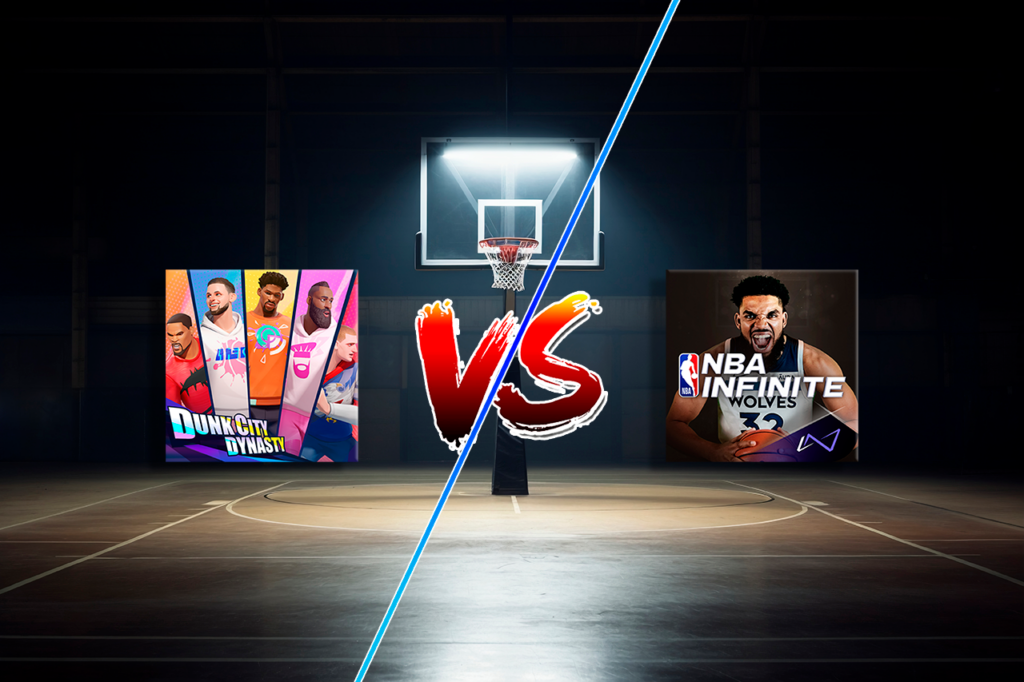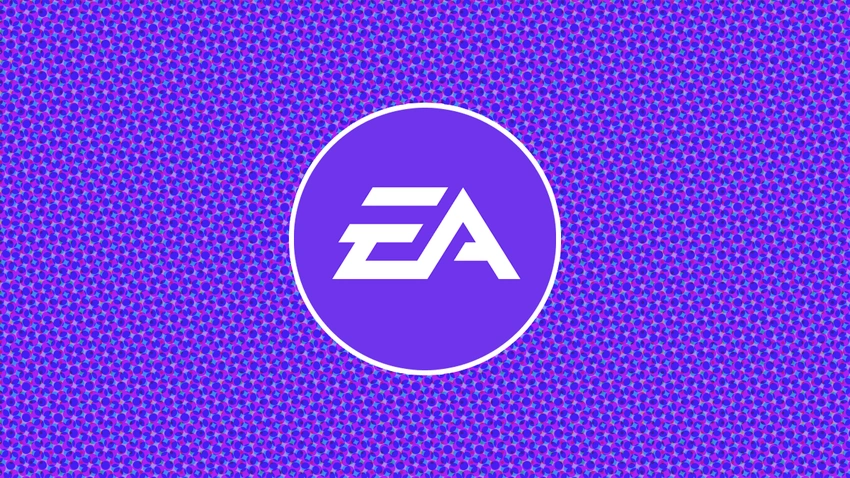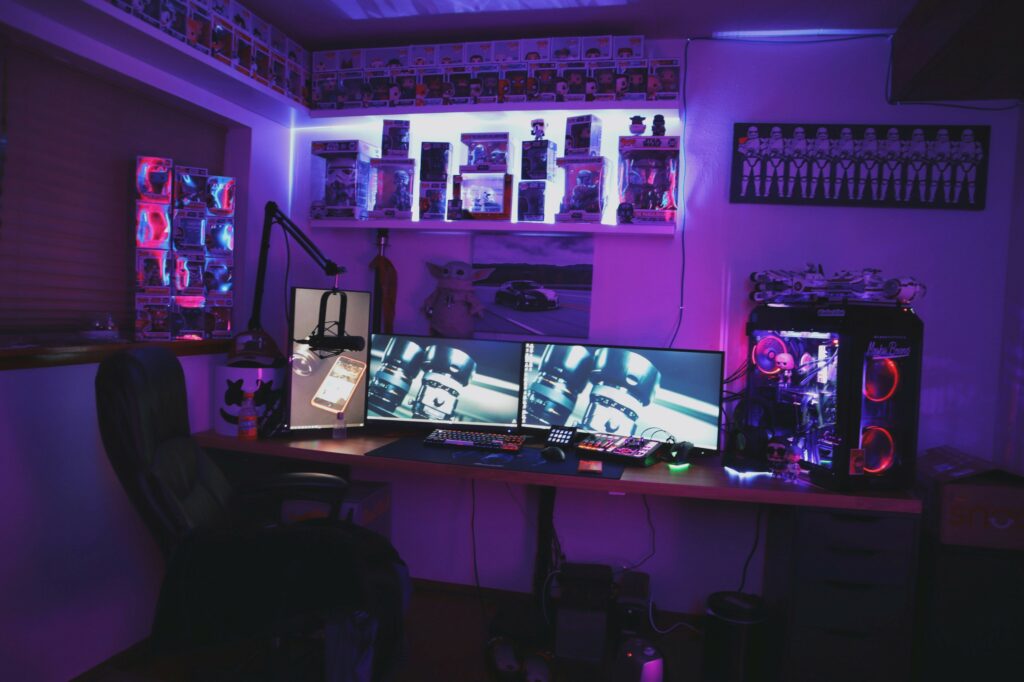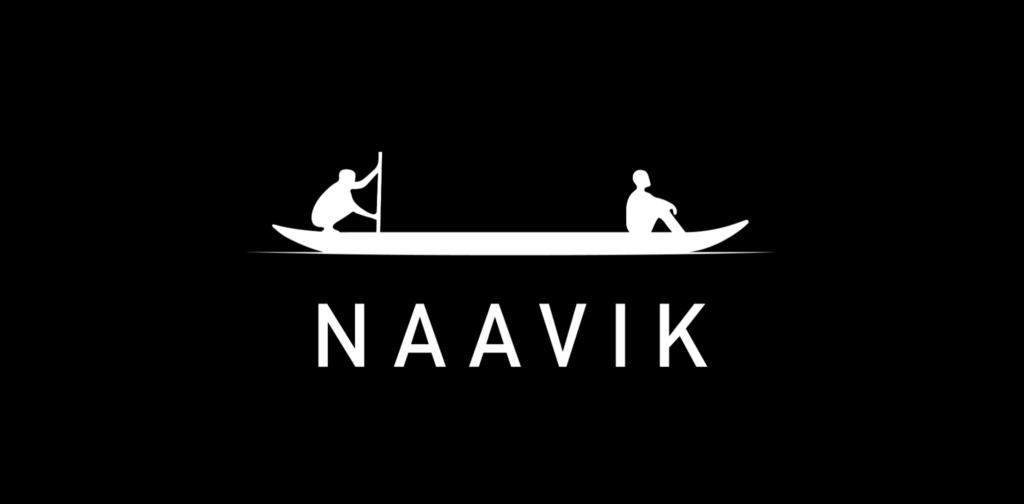Hi Everyone. Welcome to another issue of Naavik Digest! If you missed our last one, be sure to check out our analysis of Sony’s live service strategy. In this issue, we take a look at changes to Roblox’s Creator Marketplace and how the platform continues to empower independent developers.
Can Esport Leagues Be Profitable? / Building an RPG for Web3 With Azra Games

Can Esport Leagues Be Profitable? The esports world is starting to teeter, the NYT wrote last month. Today, we get perspective on whether that’s true or not. Evil Geniuses is an esports organization with over 14 million followers across the globe, and it harkens back to the 90s when it was known as Quake Clan in Canada. We sit down with Nicole LaPointe Jameson, a CEO with an insatiable consumer passion for gaming but also a background in distressed assets — or in normal person speak, companies that desperately need optimization and cost tuning to turn them profitable. Is esports a financial endeavor that can be righted from the realm of negative operating income, and where will EG’s edge come from? Furthermore, what can esports do to ameliorate some of the toxicity in games, and how has EG been playing a role in fostering a healthier community for players of all backgrounds? Website | YouTube | Spotify | Apple Podcast | Google Podcast.
Building an RPG for Web3 with Azra Games. Azra Games has raised more than just about any other web3 game developer — with a $25 million seed round led by a16z — to build its ambitious vision for what the company is calling a “web3-sensitive” RPG. Founder & CEO Mark Otero joins your host, Niko Vuori, to talk about why he sees RPGs as a good fit for web3, how Azra is incorporating NFTs and web3 elements into their game design, and how they see the current web3 gaming environment evolving. Website | YouTube | Spotify | Apple Podcast | Google Podcast.
Roblox Brings Scarcity To UGC
Written by Fawzi Itani, Naavik Business Lead
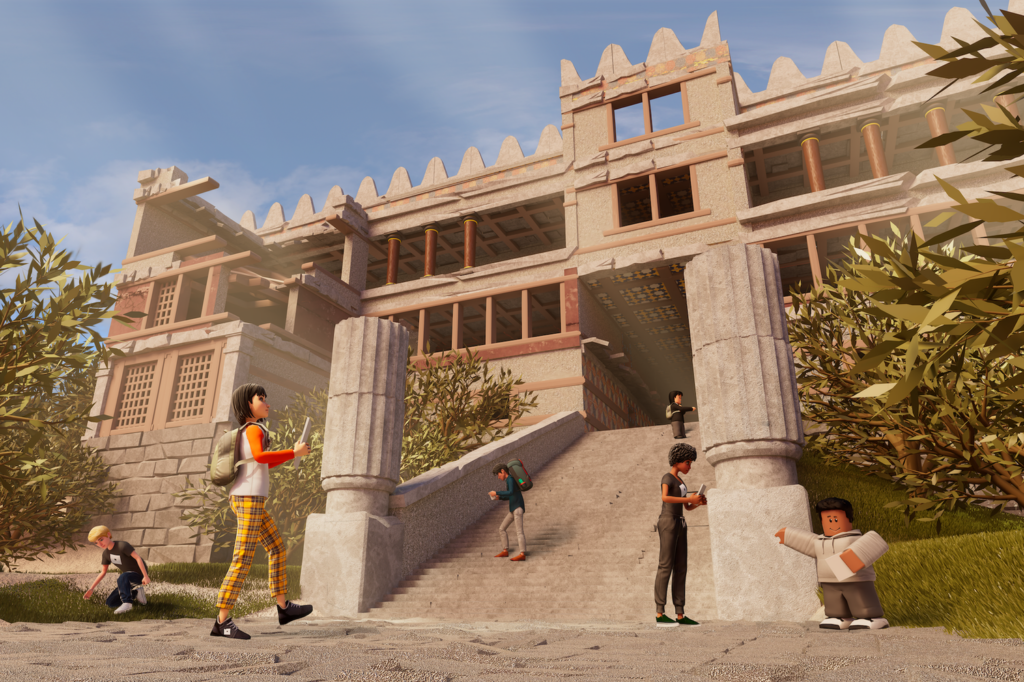
It recently caught my attention that Roblox will introduce a scarcity mechanism into its virtual goods economy. Small news to some, but this is a monumental change to Roblox’s Creator Marketplace. What I found so interesting about this development is that F2P games have always benefited from zero marginal cost dynamics. In other words, the cost of selling a subsequent asset is zero, and therefore the margin on the asset is nearly 100%. It makes sense then to try to sell as many items as possible, but Roblox plans to flip this idea on its head by giving creators more flexibility in marketplace dynamics.
As the company puts it: "We are developing more ways for creators to innovate and earn as we build towards our vision of a community-driven Marketplace. Adding scarcity to our Marketplace is a key element of creating healthy marketplace dynamics that benefit creators, buyers, and sellers alike. That’s why we are giving creators in our UGC Program the ability to create Limiteds.”
Scarcity isn't a new concept in games, especially in recent web3 circles. Beyond web3, though, analysts often cite CS:GO or RuneScape as two popular games where scarcity allowed for secondary markets to thrive. But this is a significant change for Roblox because it fundamentally changes its monetization and how creators will engage with the platform. The announcement post cites a variety of interesting features, and it’s clear Roblox is attempting to control its delicate marketplace economy. However, it’s also an experiment and an in-progress one at that.
Let’s break down the changes:
- Creators receive a 10% royalty each time the item is resold. This harkens back to the NFT craze of 2021-2022. I believe 10% is a fair cut for creators, but it will likely be subject to change. Compared to crypto platforms, the relevant context is that Roblox will continue to take a 30% cut of each subsequent transaction, increasing its margin on digital goods beyond the initial commission.
- There is a 750 Robux upload fee (roughly $2.63). This is a quality control mechanism. What other platforms make creators pay to upload UGC? Music streaming services are one great example because they see roughly 120,000 songs uploaded per day. Roblox will also charge a per-unit fee on every item sold to disincentivize unlimited creation (for the sole purpose of resale) and free limiteds. Is this a net benefit to creators and consumers?
- The product can only be resold after a holding period of 30 days. Currently, resales are only available to premium members. This is quite a unique stipulation and an obvious reaction to how prices ballooned during the recent crypto boom. Does resale — or put another way, the prospect of making more money than was spent — incentivize people to buy premium memberships?
Now let’s return to the concept of unlimited assets in F2P games versus artificial scarcity. The bet in a marketplace is that as asset prices continue to rise, Roblox will see additional upside in the UGC community’s engagement, as well as its upload fee revenue mix and resale platform fee. At the very least, this diversifies the type and nature of assets that will be uploaded, incentivizing creators through the resale market.
Often, when I encounter these big changes in a platform, I ask myself, “Why now?” Why did Roblox choose to make this change today, and how does it stand to benefit? I can think of three main reasons:
- Consumer acceptance: Willingness to pay (and willingness to profit) for digital assets is high. We see this in how much people spend in games and most recently during the crypto boom. As Roblox’s user base continues to age, the platform fundamentally starts catering to a new user base. This new user base is one that has a higher propensity to spend without parental controls. They’re also more likely to create their own experiences and assets.
- Brands: Roblox’s marketplace changes appear designed to empower creators first, and my hypothesis is that Roblox is moving to disincentivize its brand engagement model through the per-unit fee in order to prioritize creators. In recent years, Roblox has made a big push for brands to create custom experiences and gave them access to produce limited assets. But this assumed that brands could create unlimited UGC for free. Now, Roblox is charging brands to do so, and costs can only be recouped through continuous resale. At scale, does it make sense for brands to build Roblox experiences? There is certainly an ROI story to be told regarding creator royalties for brands, but I’m skeptical that these economics will work out given the costs at scale.
- AI: When the cost of creation trends toward zero, more low-quality content is created, which makes the average value of content also trend down. There is value to Roblox’s limiteds in that it inherently combats UGC flooding the market by limiting, through payment and manufactured scarcity, the amount of assets that can be produced. Furthermore, AI can also be used to moderate copyrighted content and duplicates, a huge and disempowering problem for the Roblox community today (moderation is set to launch in 2023).
The reality is that reselling is a net positive for Roblox, especially in the context of empowering sole proprietor creators. Assuming the same amount of capital enters the ecosystem, Roblox has more sinks for Robux in place to increase its margin on each purchase, the first being the listing fee, the second being any recurring purchase, and the third being any additional per-unit cost.
In theory, this should also create demand for Robux vis-a-vis premium memberships or gift card purchases. As Roblox launches new marketplace commodities, like avatar bodies and animated faces, will engineered scarcity serve the purpose the platform intends? And will it act as a model for other virtual goods marketplaces to follow suit? Observing Roblox’s marketplace dynamics over this period will help us visualize the effects on creators over the coming months and years.
Content Worth Consuming
Tom Bissell, scriptwriter, Gears of War, Star Wars: Andor (My Perfect Console): “My guest today is an award-winning author, journalist, and writer for film, television, and video games. After graduating from Michigan State University with a degree in English literature, he travelled to Uzbekistan as a volunteer for the Peace Corps. He then returned to New York where he worked as an author and editor, reporting on the Iraq war for Harper's Magazine and contributing literary criticism to The New York Times Book Review. My guest has also written for video games such as The Vanishing of Ethan Carter, Uncharted 4, and Gears of War 5, and in 2021 he co-developed the Apple TV series The Mosquito Coast, based on the Paul Theroux novel of the same title. Recently he wrote three episodes for the second season of Star Wars: Andor, due to air in 2024. Welcome, Tom Bissell.” Link
Kabam on crossing over to PCs (Tyler Black): "I think it's actually the same reason. We do consider ourselves a leading game maker and publisher, so we need to respond to those changes in the market everybody is seeing and responding to. In general, it comes down to the player experience, and wanting to respect the fact that technology is advancing. Players want to play their games on their PC, on their TV, on their console, on their phones… They don't really care as much anymore, and they expect closer to the same level of experience as they go. They don't want to be constrained by the platform of choice, or the form factor of choice anymore." Link
Why developers need to take Apple Vision Pro seriously (PocketGamer.biz): “We're sticking our necks out. Apple Vision Pro matters. Yesterday a new road opened and, like it or not, we all just set off down it… Naysay as much as you like about your desire to have your boss and co-workers faces up close and massive in your living room. By all means doubt the utility and power of huge floating versions of your (hated but essential) Microsoft Office apps over their boxed-in laptop equivalents. And do worry as to the as yet unknown and unmeasured creepiness of the virtual, AI-assisted fake eyes and nose that it projects on the device’s front-facing lenticular screen. But do take on the chin the ability to view content (be it movies, games, TV, internet, whatever) on a virtual, infinitely re-sizable screen that — with the twist of the reality dial — can be part of a field of vision that completely removes you from your lowly surroundings.” Link
From Dead Cells to reinventing retro IP: The untold story of Evil Empire (Gamesindustry.biz): "I joined the video games industry in 2014 at Motion Twin directly, before we actually started working on Dead Cells. I came on as the marketing and the 'do everything that devs don't want to do' guy, in a workers cooperative, which was a very diverse role, because there's lots of things you need to do. And so I've been working on Dead Cells since the very first time that we had that stupid idea… We worked [almost] exclusively as a contractor on Dead Cells, and we also worked on a couple of other games like Northgard from Shiro Games. And then eventually when Motion Twin decided they were done with Dead Cells, we thought we weren't and went, 'Wait, there's stuff that we can do!' And that's how I became the CEO of Evil Empire.” Link
🔥Featured Jobs
- Coda Payments: Managing Director, Publisher Partnerships (Los Angeles, U.S. / Hybrid)
- FunPlus: Senior Community Manager (Barcelona, Spain / Remote)
- LILA Games: Lead Gameplay Engineer (Remote)
- MY.GAMES: Game Designer (Remote)
- Supersocial: Game Designer (Remote)
You can view our entire job board — all of the open roles, as well as the ability to post new roles — below. We've made the job board free for a limited period, so as to help the industry during this period of layoffs. Every job post garners ~50K impressions over the 45-day time period.

